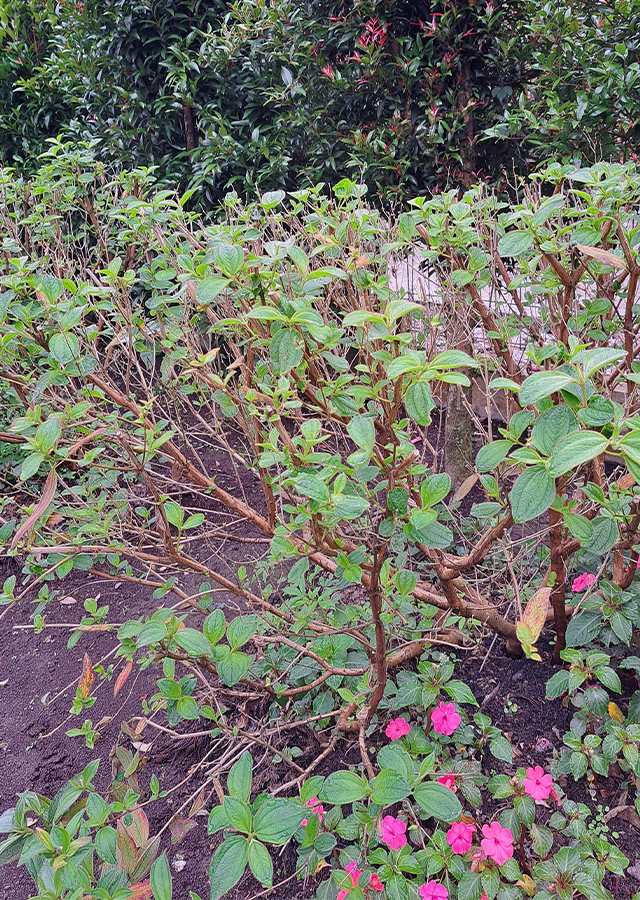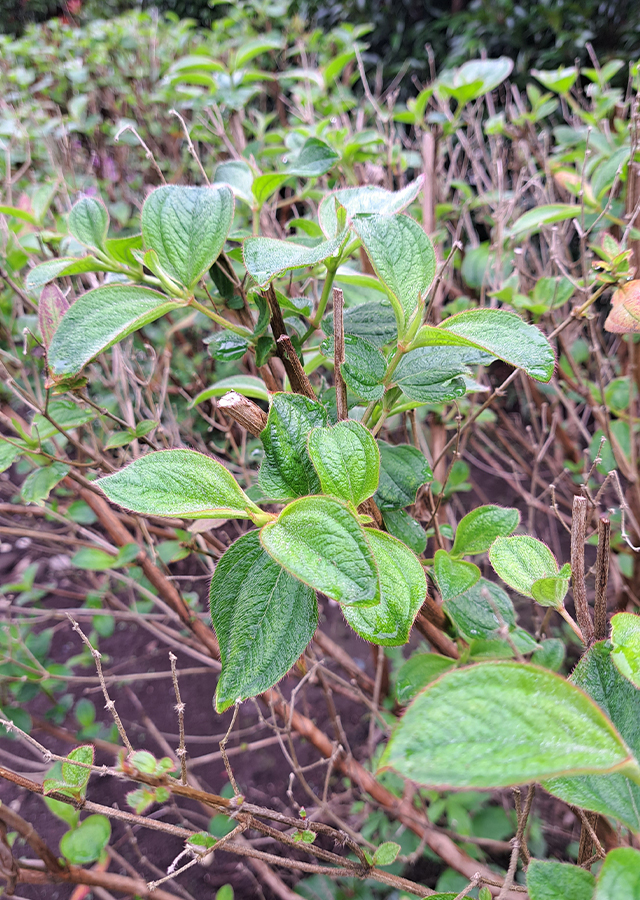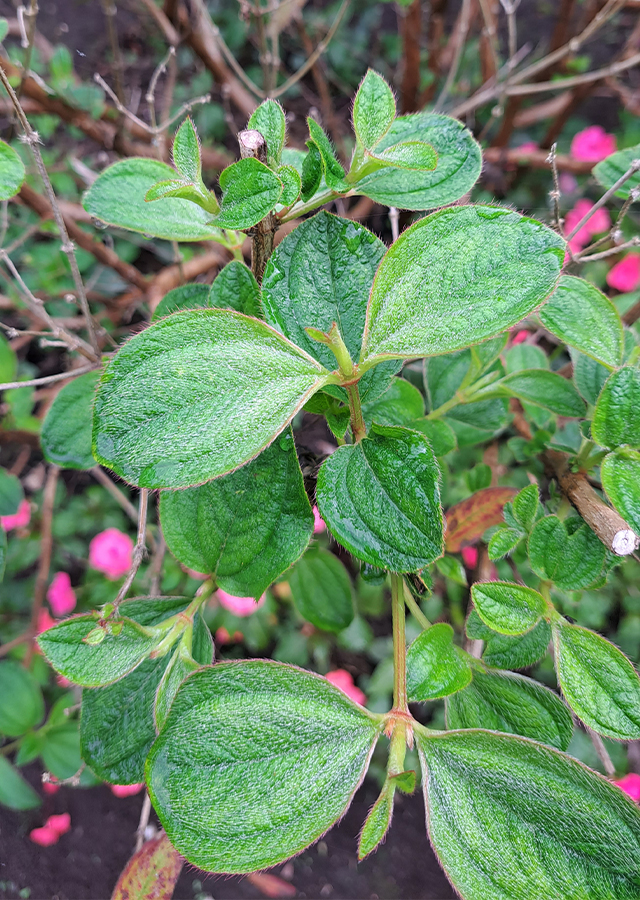Silver Leafed Princess Flower
Pleroma heteromallum (D.Don) D.Don
Melastomataceae
Location in our garden
Principal



Synonym
Tibouchina heteromalla (D.Don) Cogn.
Lasiandra adenostemon DC.
Lasiandra heteramalla (D.Don) Naudin
Habitus
Shrubs. An evergreen, erect shrub, growing 2.4-3 m tall
Part Used
Leaves
Growing Requirements
Full Sunshine
Need Shade
Habitat
Rocky Areas
Terrestrial
Overview
Pleroma heteromallum is endemic to Brazil, where it occurs in rocky areas in small scattered populations in the southern area in the state of Minas Gerais. The name Tibouchina is an adaptation of a Guianan indigenous name that the French botanist Jean Baptiste Christophore Fusée Aublet used to describe a related plant in 1775 in his Flora of French Guiana and the specific epithet is a combination of the Greek words 'heteros' meaning "other party" or "another" indicating dissimilarity and 'mallos' which means "wool" in reference to the different types of hairs on the leaves of this species. It is usually grown as an ornamental plant in the garden with purple flowers that bloom throughout the year. It is used as traditional medicine to treat wounds in Sanggau, West Kalimantan.
Vernacular Names
No found data on this. Need further research.
Agroecology
Prefer full sun and moist soil during the growing season but tolerates regular to only occasional irrigation. In hotter inland areas some afternoon shade is beneficial. It can grow in the elevation of 700-1,700 m a.s.l. Plant and rootzone preference is moist soils, well-drained soils, fertile loamy soils.
Morphology
- Stem - woody, square stemmed.
- Leaves - 5 to 7 nerved leaves are arranged in opposite pairs and are covered with white hairs. The leaves are ovate in shape with an acute apex and a cordate leaf base.
- Flowers - the bisexual flowers are borne on panicles and are purple in colour, cluster inflorescence.
Cultivation
Vegetatively propagated by stem cutting.
Chemical Constituents
Alkaloids, flavonoids, saponins, tannins.
Traditional Medicinal Uses
It is used in the treatment of wounds.
Part Used
Reference Sources
- Kew Royal Botanic Gardens. (No date). Pleroma heteromallum (D.Don) D.Don. https://powo.science.kew.org/taxon/urn:lsid:ipni.org:names:574812-1#synonyms. 10-08-2021.
- National Park of Singapore. (2022). Flora Fauna Web: Tibouchina heteromalla (D. Don) Cogn.. https://www.nparks.gov.sg/florafaunaweb/flora/6/6/6636. 10-08-2022.
- Rezende, F. M., et al. (No date). Acylated Flavonoid Glycosides are the Main Pigments that Determine the Flower Colour of the Brazilian Native Tree Tibouchina pulchra (Cham.) Cogn. https://www.mdpi.com/1420-3049/24/4/718/htm. 11-08-2022.
- San Marcos Growers.(No date). Tibouchina heteromalla - Silver leafed Princess Flower. https://www.smgrowers.com/products/plants/plantdisplay.asp?plant_id=2046. 10-08-2022.
- The World Flora Online. (2022). Pleroma heteromallum D.Don. http://www.worldfloraonline.org/taxon/wfo-0001258172. 10-08-2022.
